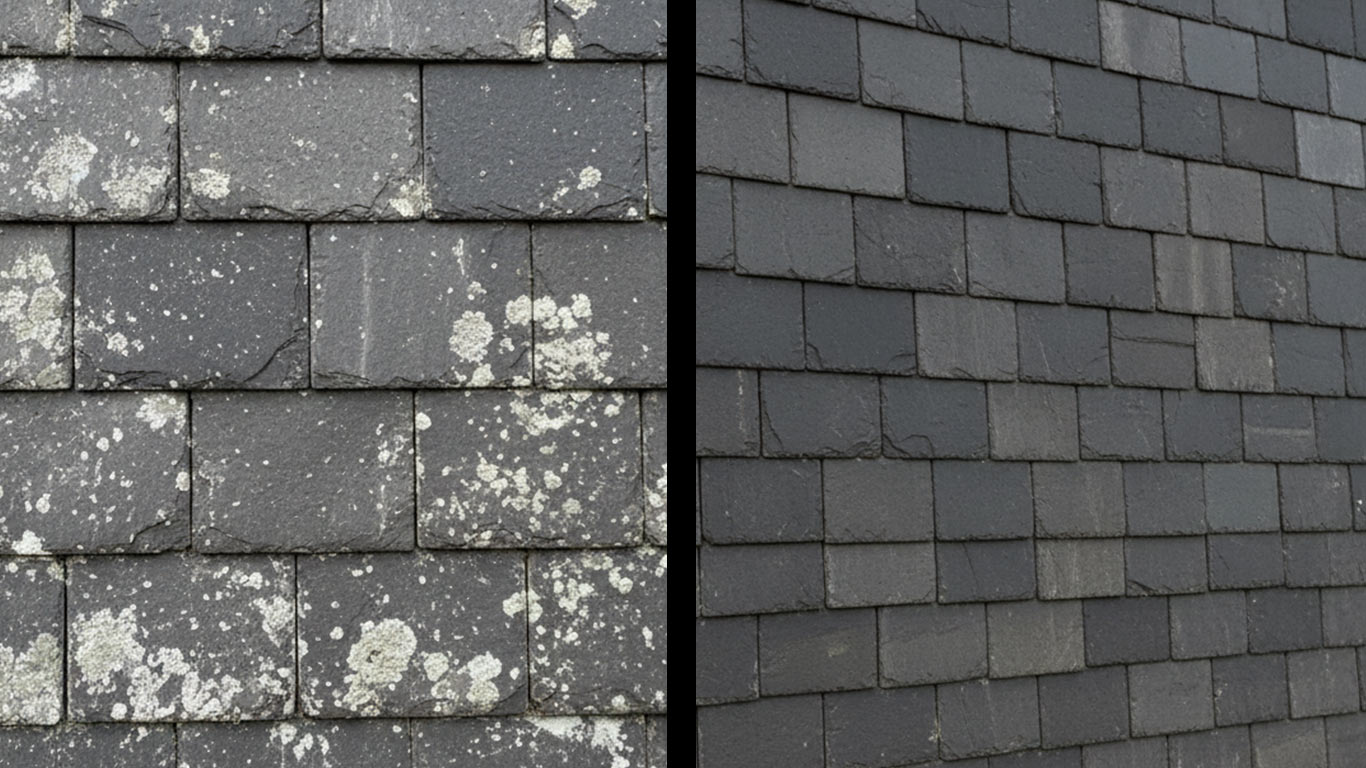
FDA
FDA 21 CFR 1040.10 - Laser Product Performance Standards



In restoring delicate slate artifacts for cultural heritage projects, the biggest hurdle is clearing away grime without splitting its layered makeup, but I've noticed how its natural thermal stability stands up so well under careful laser treatments, helping you strip off surface buildup cleanly while protecting the stone's enduring strength for lasting preservation.
When viewing the contaminated slate surface at 1000x magnification, you'll notice thick layers of dust and grime everywhere. Dark smudges and irregular clumps stick firmly to the rough texture below. These buildups hide the stone's natural patterns completely.
After laser treatment, the same surface looks fresh and even under 1000x magnification. Fine grains of the stone stand out clearly now. A smooth finish emerges without any leftover marks.

FDA 21 CFR 1040.10 - Laser Product Performance Standards

ANSI Z136.1 - Safe Use of Lasers

IEC 60825 - Safety of Laser Products

OSHA 29 CFR 1926.95 - Personal Protective Equipment

EPA Clean Air Act Compliance

ASTM C629 - Standard Specification for Slate Dimension Stone